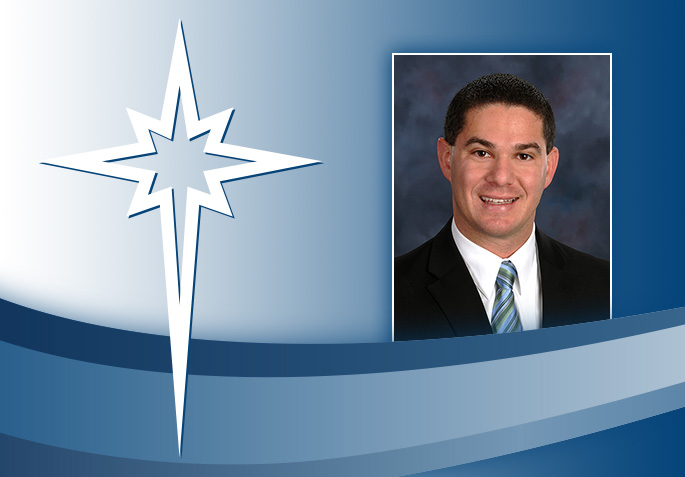

 Quality Awards
Quality Awards

Strained quad on the right side? Do you have pain in your right knee? Did you develop an injury on your left leg after either of those?
Seemingly minor injuries in soccer often lead to other injuries if they’re not properly treated and rehabilitated, explains Seth Eisenberg, PT, DPT, SCS, ATC, Regional Director with Physical Therapy at St. Luke’s.
This is an important concept to understand for Lehigh Valley United soccer players and their parents. That’s why proper physical therapy is so important.

“Typically with soccer, most of the injuries that we see are lower extremity injuries,” Eisenberg said, referring to leg injuries from the thighs, hamstrings, knees, calves and ankles, all the way to the toes.
Eisenberg, who is a board-certified Clinical Specialist in Sports Physical Therapy, says that ankle sprains and knee injuries are the most common injuries reported in soccer, with the ACL injury – the anterior cruciate ligament of the knee – being the most well-known.
But it’s the tweaks and nagging injuries to the quadriceps muscles of the thighs, the hamstrings and the ankles that potentially lead to the more significant injuries down the road.
“The No. 1 risk factor for injury is actually a previous injury,” Eisenberg explains. “If you have an injury in your right leg, and all of a sudden you have a new injury in the other leg, it’s most often because you didn’t get a full, complete recovery after your previous injury.”
Properly rehabilitating an injury after it occurs can decrease not only the chance of re-injury, but of other “sympathetic” injuries from occurring.
Physical therapy works in several ways to get the players back on the field at 100 percent.
“The first thing we always address in physical therapy is range of motion and flexibility,” Eisenberg says. “We have to address those areas first, then any muscular imbalances or deficiencies, and then progress to functional activities for return-to-sport.”
Once the range of motion and flexibility are restored for the original injury, physical therapists address the strength and muscular imbalances that contributed to the injury.
“Range of motion, flexibility, strength and muscle balance are like the foundation of your house,” Eisenberg says. “You need to have a strong and steady foundation before you build-up, which in physical therapy is our functional and return-to-sport activities.”
Eisenberg said that, especially in soccer players, there is often a demonstrated strength imbalance between the quadriceps – the anterior chain of muscles – and the hamstrings and glutes, or the posterior chain.
Quad strains or knee pain can occur when the front of the leg does too much of the work and the glutes – the butt – and hamstrings aren’t doing their portion. After the range of motion and flexibility return, exercises are prescribed for training the muscles to share the work for a more harmonious – and hopefully injury-free – relationship.
“The analogy I use for the kids is that it’s like doing a group project in school,” Eisenberg says. “There’s one teammate in the project doing all the work, and the other teammates aren’t doing their jobs. The team member doing all the work gets angry. That’s the injury.”
Physical therapy isn’t just about treating an injury. It’s also about designing an exercise program that provides the best range of motion, flexibility and muscle group balance to keep the player healthy and injury-free.
And, you don’t have to see your doctor first.
Most people with an injury can be seen by a physical therapist without a prescription referral, which means a quicker start to physical therapy and a faster recovery.